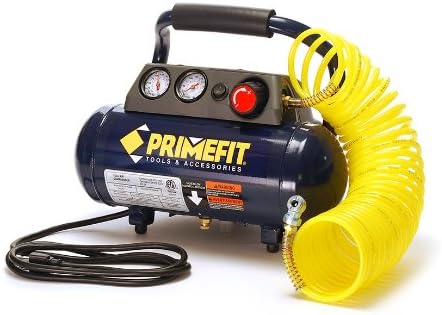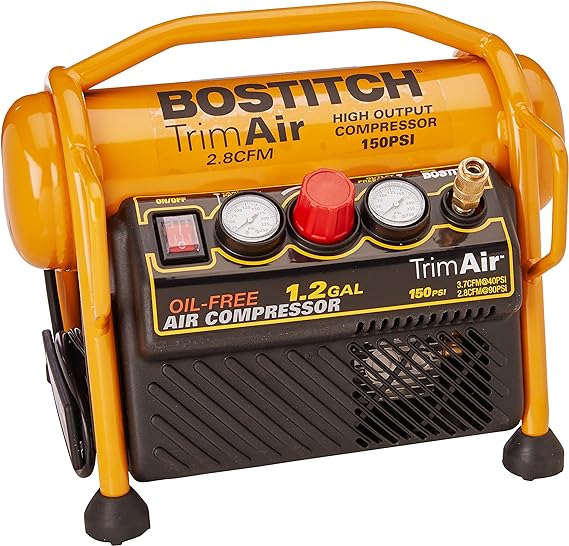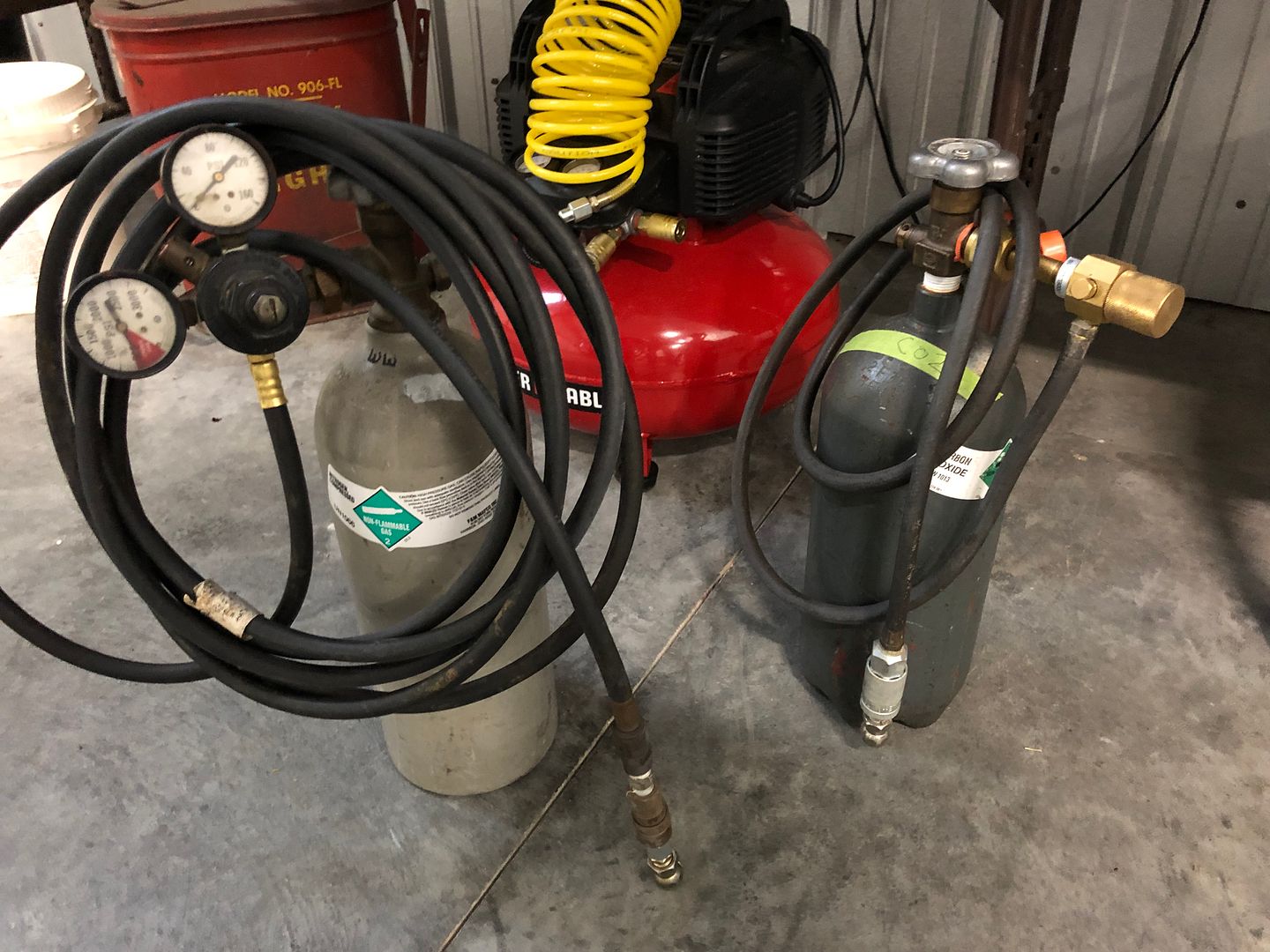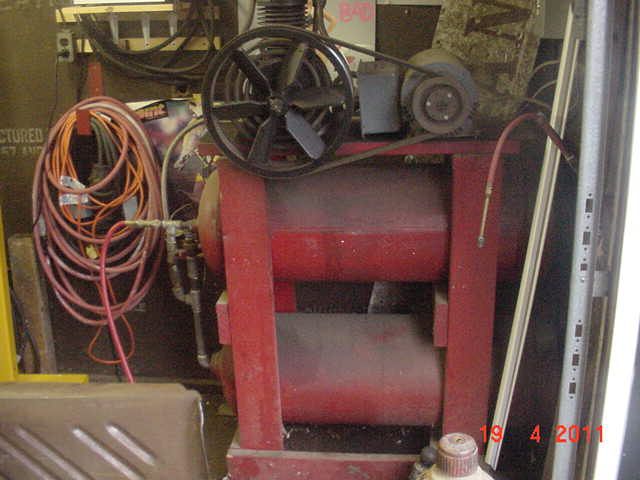I'm looking for a good air compressor for my t-hangar. I've had recommendations thus far from as small as 1.5 gal to as big as 50 gal. I just want to be able to clean things like wheel bearings, do a compression check on the cylinders of my IO-360, and air up tires. I don't envision a need to run any pneumatic tools.
Can anyone recommend brands/models and give suggestions on what specifications I need for this type of work? Thanks in advance.
Can anyone recommend brands/models and give suggestions on what specifications I need for this type of work? Thanks in advance.




